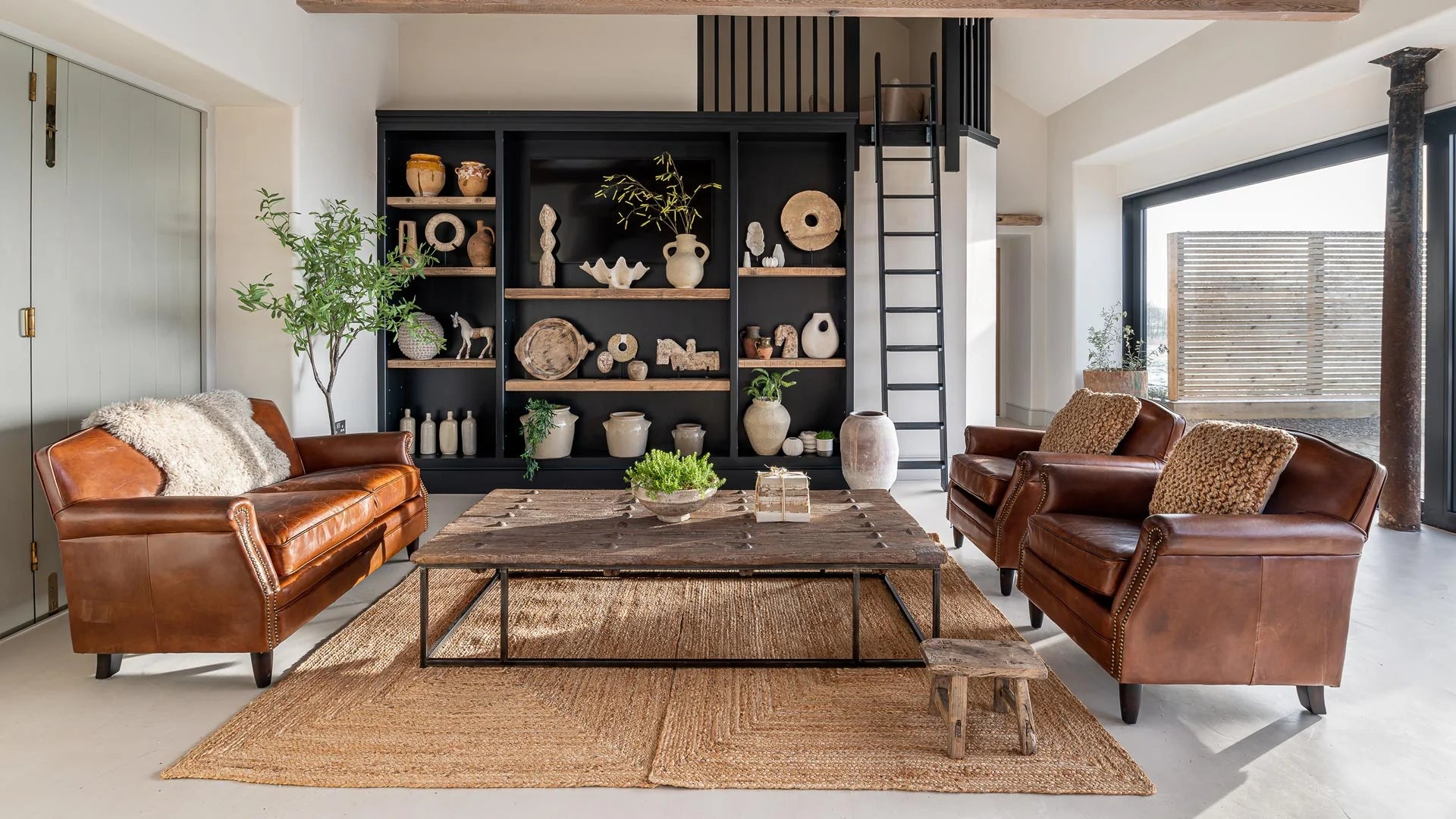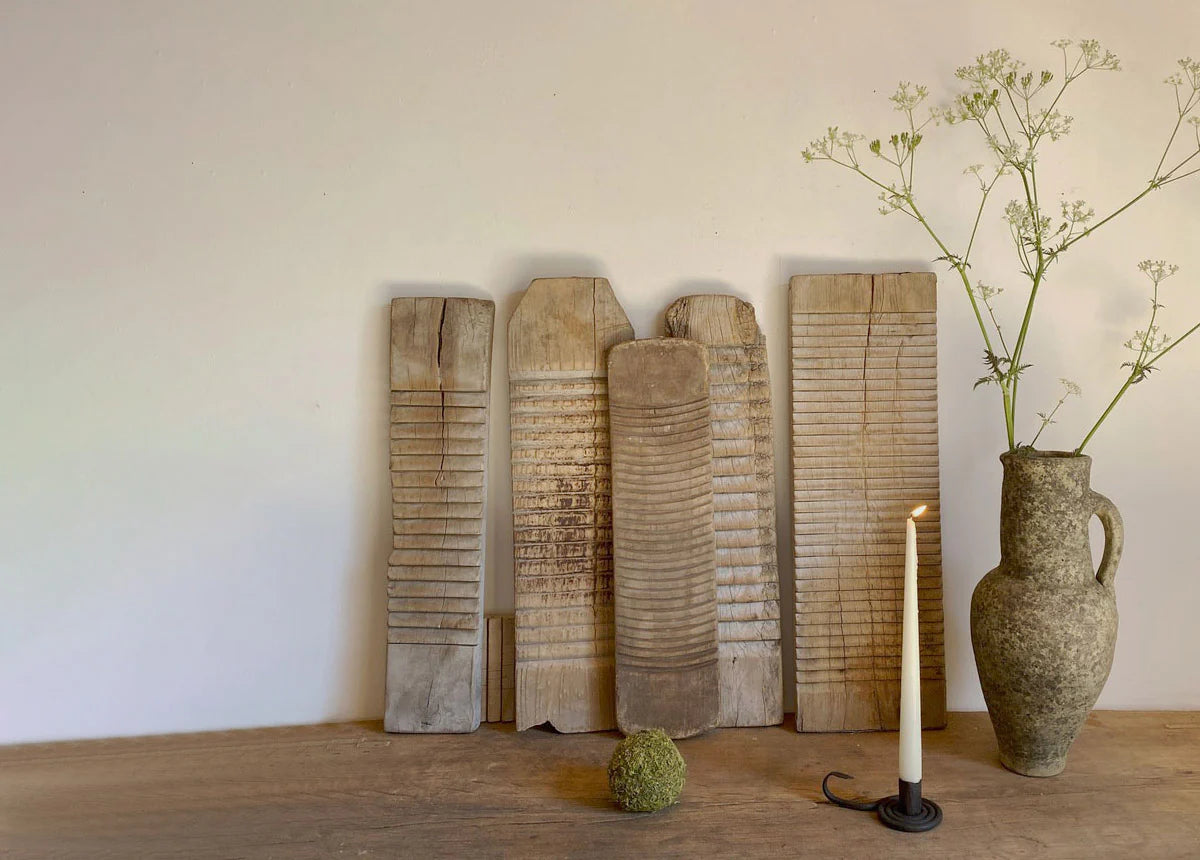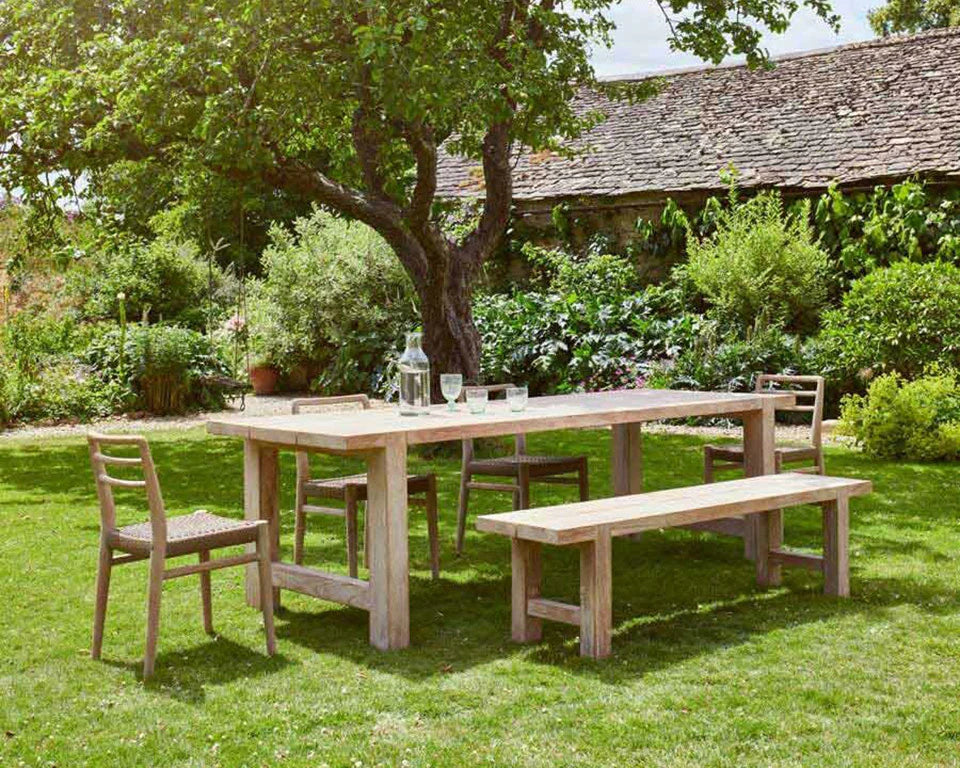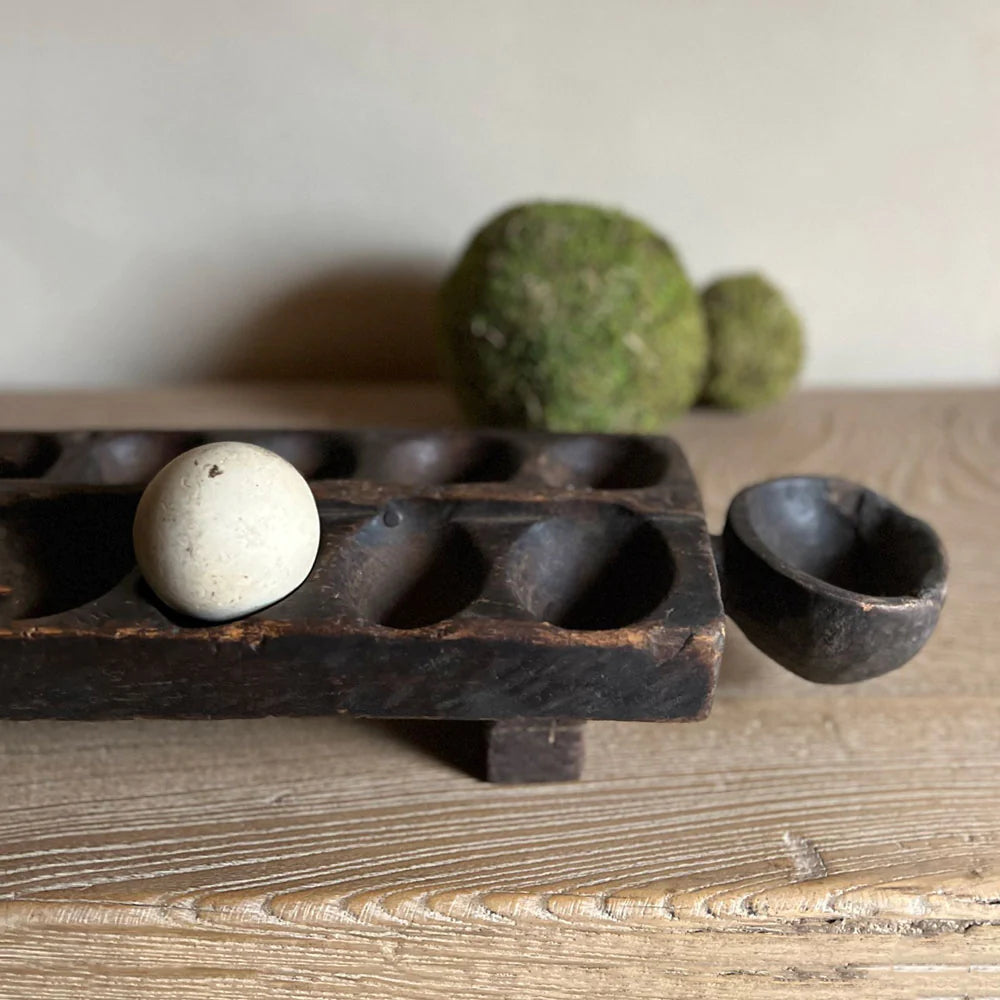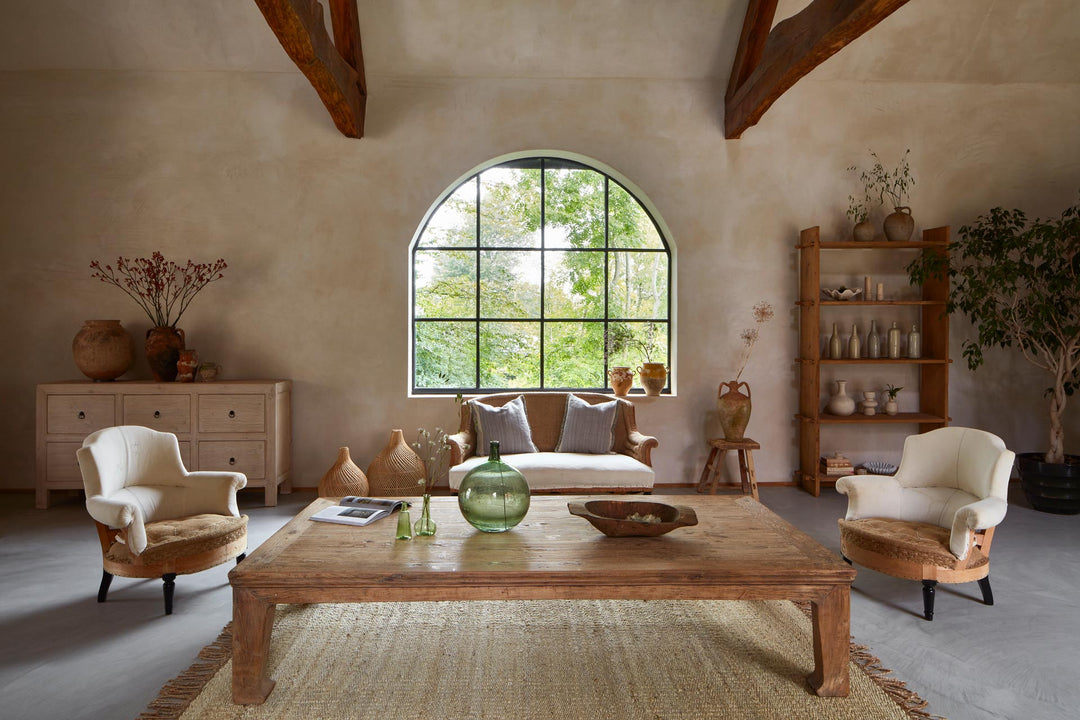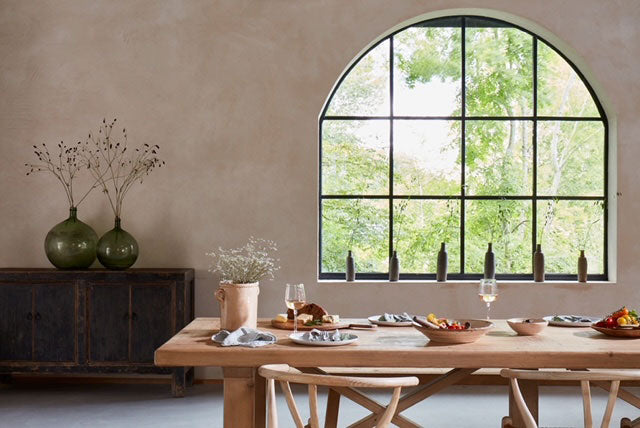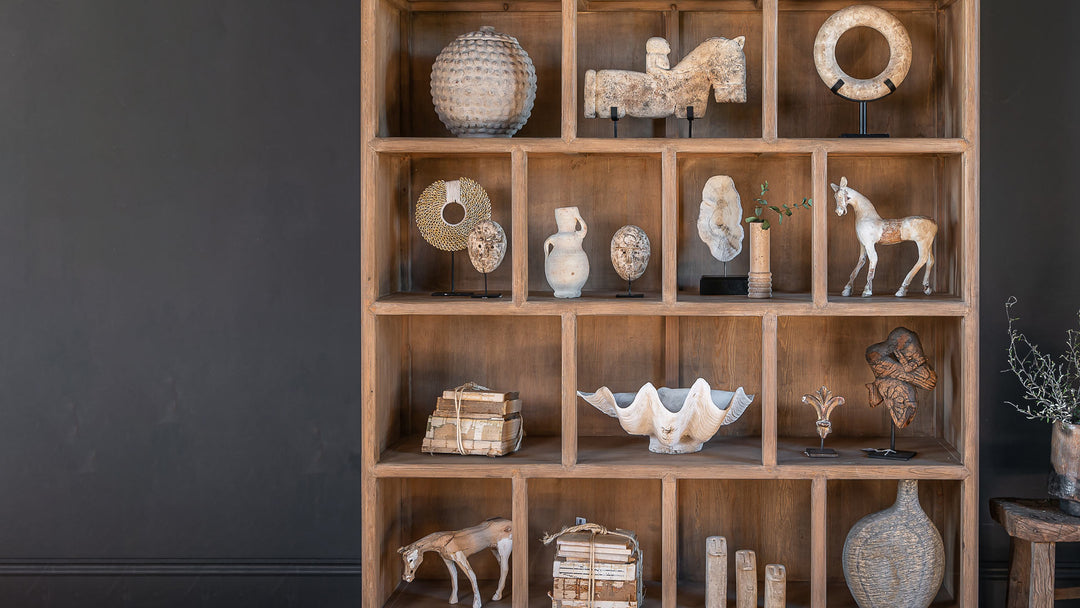Wabi-Sabi Style Decorating

The art of Wabi-sabi style can seem elusive and mysterious, with no direct translation into English. It is often described in decorating as an aesthetic, however, Wabi-sabi is originally an ancient Japanese philosophy which encourages us to embrace imperfections and see beauty in age. When this is applied to decorating, it’s about looking for unique pieces and older, characterful materials to cherish for their individuality.
Embracing Nature
To decorate with a Wabi-sabi style, embrace nature, by introducing an array of natural materials and organic forms. Pieces made from rustic wood such as weathered coffee tables, add characterful detail, and individuality to living spaces. When sourcing wooden pieces, look for ancient timber for a truly unique finish. To subtly introduce this material, style a small rustic stool or bench in the home, this will gently add charm, and strengthen the homes connection to the natural world.
Introduce Antiques
Favouring history over modernity, Wabi-sabi encourages us to seek authenticity, by admiring the beauty of imperfections in objects. Marks, scuffs and wear are signs of life and history which make objects more interesting and unique.
Choosing to include decorative antiques in the scheme, creates a relaxed ambience within the home. Opt for accessories such as antique ceramics or larger furniture pieces like cabinets and cupboards to lend a characterful aesthetic to the home.
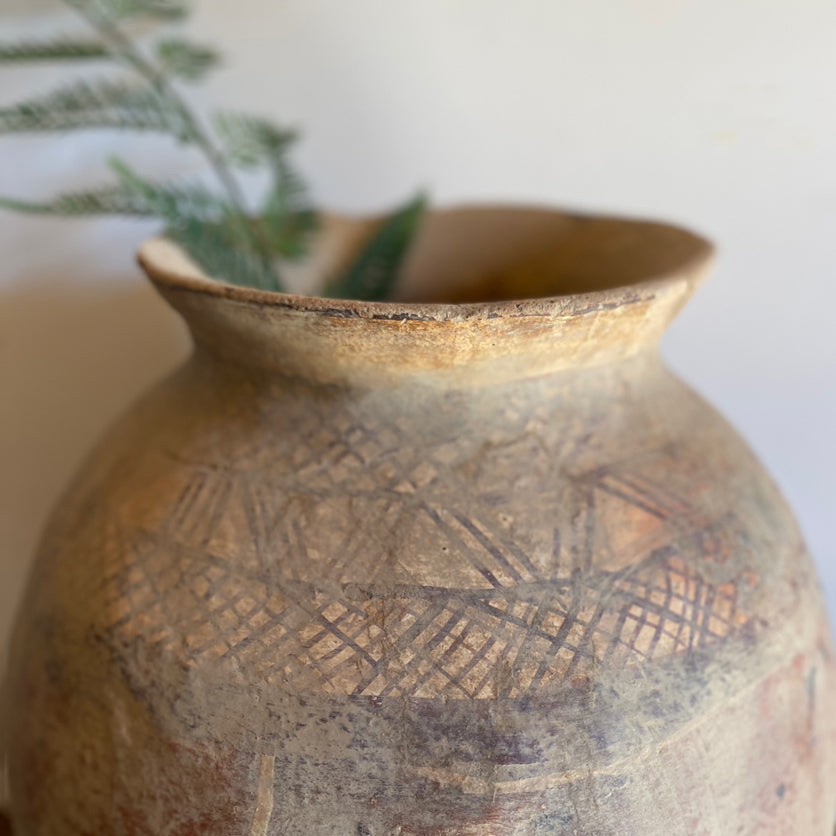
Look for Craftsmanship
Handmade objects also show skill, effort and time. Particularly in items with visible hand craftsmanship such as stitchwork, woven rugs and pottery. The Wabi-sabi aesthetic admires asymmetry, undulated surfaces and rustic finishes, so, choosing craft pieces with imperfections will only add to their decorative appeal. Go for handmade pieces with organic colours, and subtle marks to further enhance the look.
Designing the home with a Wabi-sabi approach, helps us to slow down and be mindful of our environment. We hope we have given you some inspiration to help you with this much-loved design approach.




